Antimony Market Summary
As per Market Research Future analysis, The Global Antimony Market Size was estimated at 2.19 USD Billion in 2024. The antimony industry is projected to grow from 2.354 USD Billion in 2025 to 4.853 USD Billion by 2035, exhibiting a compound annual growth rate (CAGR) of 7.5% during the forecast period 2025 - 2035
Key Market Trends & Highlights
The Global Antimony Market is poised for growth driven by diverse applications and regional dynamics.
- North America remains the largest market for antimony, primarily due to its extensive use in flame retardants.
- Asia-Pacific is the fastest-growing region, reflecting a surge in demand for antimony trioxide in electronics and enamels.
- Antimony Market ingot continues to dominate the market, while antimony trioxide is emerging as the fastest-growing segment.
- Rising demand in flame retardants and advancements in battery technology are key drivers propelling market expansion.
Market Size & Forecast
| 2024 Market Size | 2.19 (USD Billion) |
| 2035 Market Size | 4.853 (USD Billion) |
| CAGR (2025 - 2035) | 7.5% |
Major Players
China Minmetals Corporation (CN), Hunan Nonferrous Metals Corporation (CN), Georgian Manganese (GE), Antimony Solutions (US), Yunnan Tin Company Limited (CN), Korea Zinc Co., Ltd. (KR), Teck Resources Limited (CA), Mandalay Resources Corporation (CA)
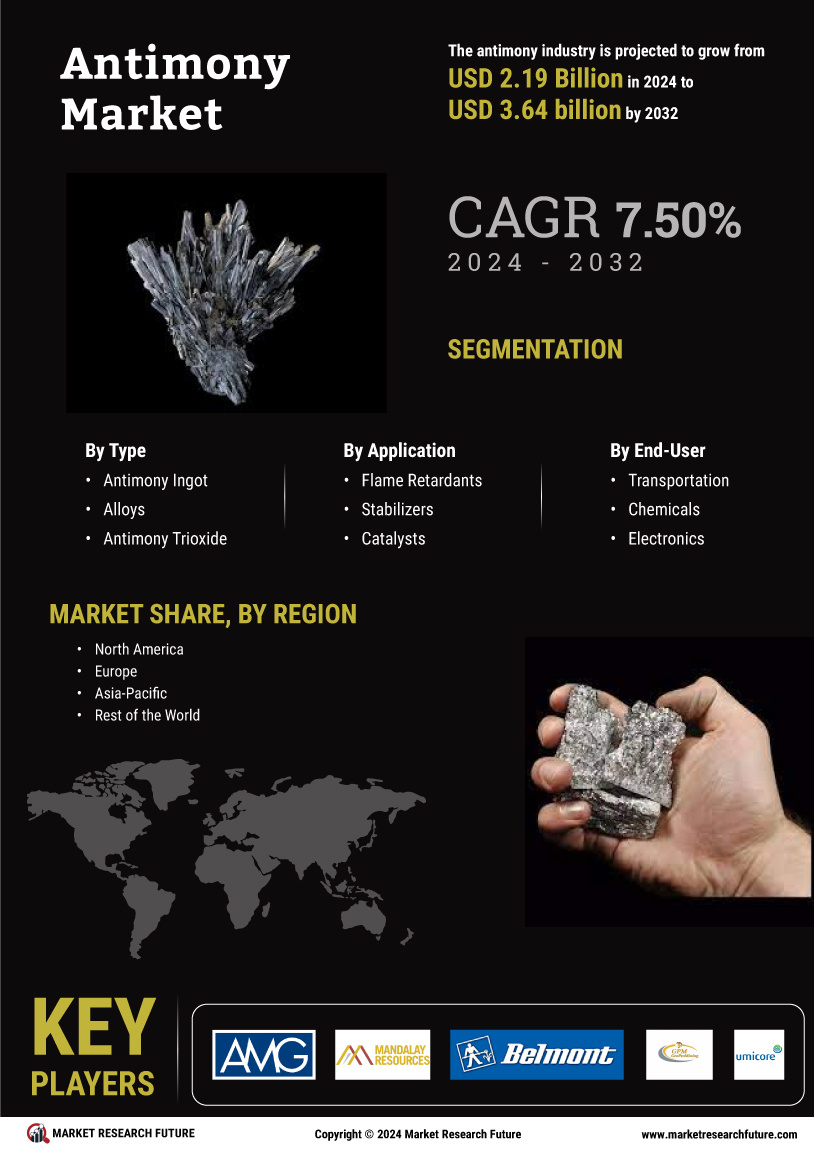



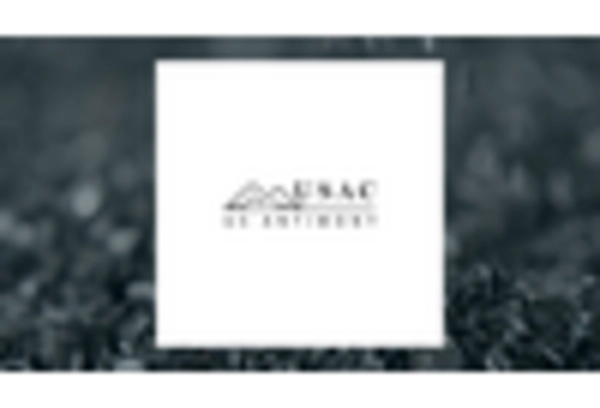

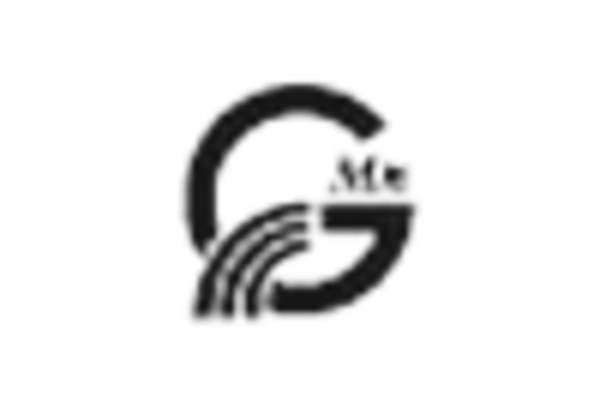
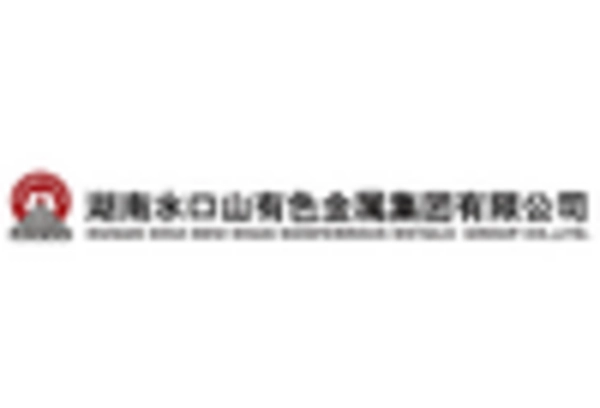

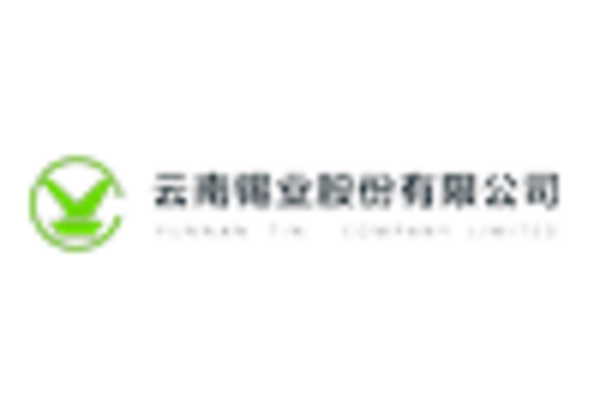








Leave a Comment